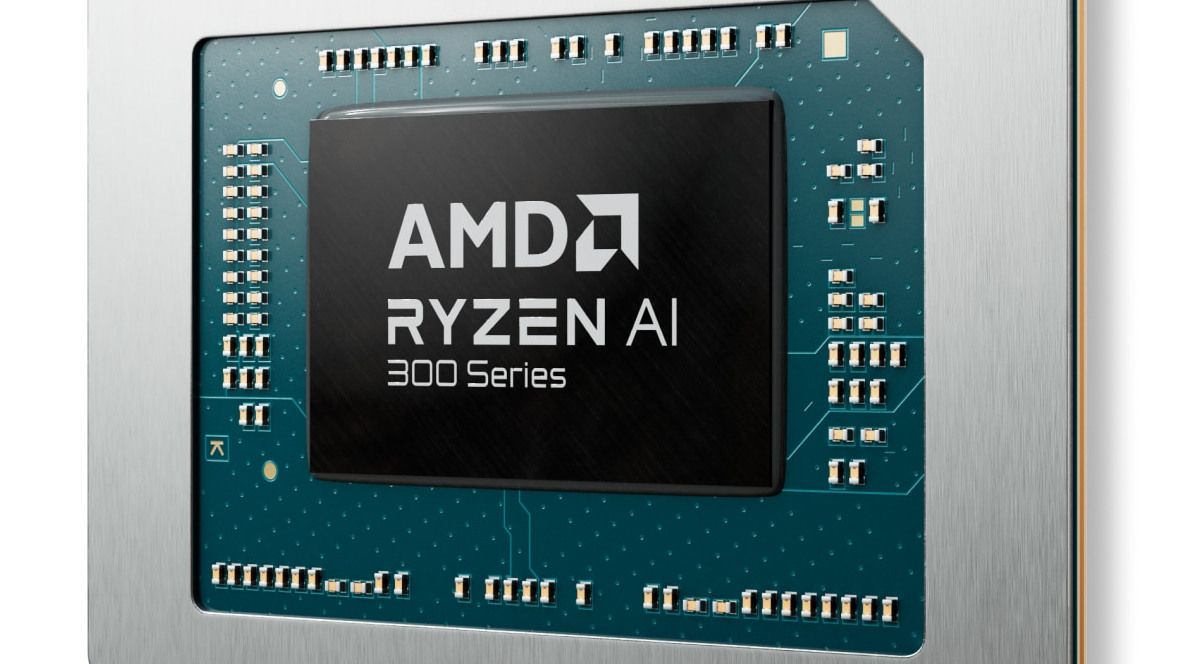In another attempt to convince us that “AI PCs” are somehow fundamentally different from the PCs we’re already using, AMD has officially dropped support for Windows 10 from its new AMD Ryzen AI 300 Series platform. This can be observed by glancing at the official AMD Ryzen AI 9 HX 370 specs page, which now only lists 64-bit versions of Windows 11, Red Hat Enterprise Linux, and Ubuntu as having official support.
Is this a big deal? It depends on how much you like using Windows while also disliking Windows 11. Personally, I prefer Windows 10 as a daily driver, and will only resort to Windows 11 use for professional needs.
That said, the gaming performance and compatibility of Linux operating systems get better every day, so dropping Windows 10 shouldn’t necessarily be a deal breaker for these CPUs. After all, the Ryzen 9 AI 9 HX 370 can perform formidably, even in Silent mode. But users who were interested in those laptops and wished to downgrade to Windows 10 are now totally out of luck, it seems.



According to this article, regarding Intel Alder Lake
https://www.tomshardware.com/features/intel-shares-alder-lake-pricing-specs-and-gaming-performance/4
so, it’s still works but not optimized for some apps. Probably this will be the same with AMD’s latest CPU.